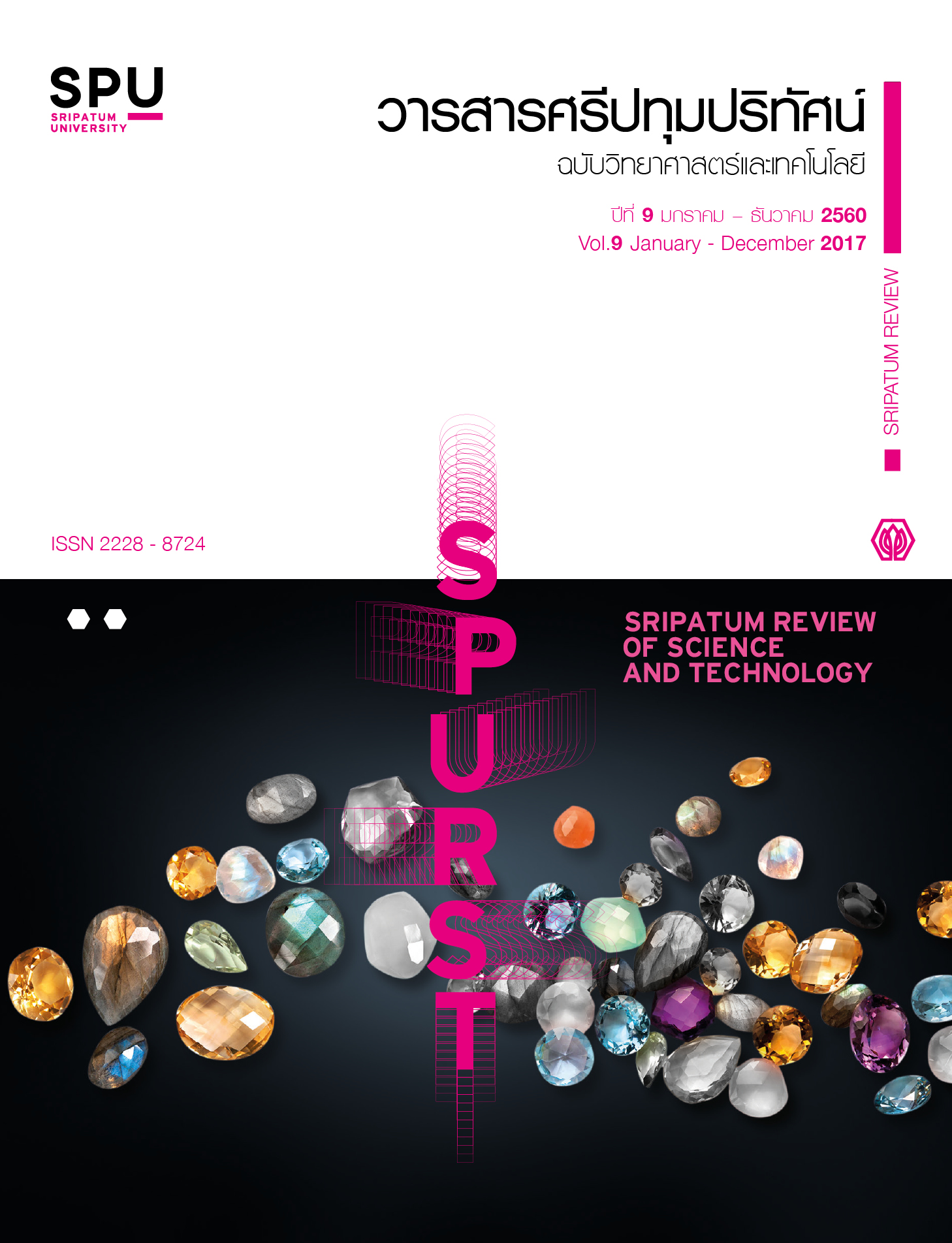THE DEVELOPMENT OF QUALITY INDICATORS AND ASSESSMENT SYSTEM OF LEARNING OBJECT
Main Article Content
Abstract
The objectives of this research were to develop quality Indicators and a quality assessment system for learning objects based on the developed quality indicators. The research sample consisted of 206 people from three groups, i.e. quality developer, educator/instruction designer, and system user. The employed research instruments were a note taking form for the focus group discussion and a questionnaire for quality indicators confirmation. Data analysis involved the analysis of quantitative and qualitative research data. Principles for developing the indicators of learning objects included a study of relevant documents and research, a synthesis of information, classification of quality dimensions, and consideration of the indicators in each dimension. The indicators must be applicable in actual practice. Principles for development of the quality assessment system for learning objects included the taking of the developed quality indicators to be componens of the quality assessment system in order to facilitate quality assessment of the learning objects.
The research results could be concluded that there were 4 dimensions of learning objects, with 35 quality indicators, namely, the structural quality dimension, with 22 indicators; the educational quality dimension, with 6 indicators; the instructional quality dimension, with 4 indicators; and the technological quality dimension, with 3 indicators. The developed quality assessment system could evaluate the quality of learning objects based on the developed quality indicators for each dimension. The system could analyze gaps, identify strengths which were the outstanding feature of each dimension and weakness of the learning object for subsequent improvement. The system could provide recommendations for improvement based on detailed gap analysis and evaluation results of the learning object. In addition, the system could report the scores of quality level of the evaluated learning object including description of the quality and the parts that should be improved even further.
Article Details
References
สำนักงานคณะกรรมการการศึกษาแห่งชาติ. 2545. พระราชบัญญัติการศึกษาแห่งชาติ พ.ศ. 2542 และที่แก้ไขเพิ่มเติม (ฉบับที่ 2) พ.ศ.2545. กรุงเทพฯ : พริกหวานกราฟฟิค.
สาวิตรี จูเจี่ย และ สุรศักดิ์ มังสิงห์. 2559. “แนวคิดพื้นฐานของตัวชี้วัดคุณภาพสารสนเทศ.” .วารสารมหาวิทยาลัยนเรศวร วิทยาศาสตร์และเทคโนโลยี ฉบับที่ 24 : 1-13.
Advanced Distributed Learning. (2011). “SCORM Users Guide for Instructional Designers.” Retrieved January 14, 2016.
Javier S.R.,et al. 2010. An Automatic Indicator of Learning Objects Based on Metadata That Satisfies Completeness Criteria. Proceeding of the First International Conference, May 2010. Athens : Greece.
Javier S.R.,Juan M.D.,Salvador S.A. 2010. “Ranking Learning Objects through Integration of Different Quality Indicators.” IEEE Transactions on learning technologies 4 : 358-363.
Knight S.A. 2011. The combined conceptual life cycle model of information quality in user perceptions of IQ on the web. Proceeding of the 16th International Conference on Information Quality, November 2011. University of South Australia. Adelaide : Australia.
Wang R.Y., Strong D.M. 1996. “Beyond accuracy : What data quality means to data consumers.” Journal of Management Information Systems 4 : 5–33.
Wiley D.A. 2015. “Connecting Learning Object to instruction design theory : A Definition, a metaphor and a taxonomy.” Retrieved November 12, 2016.


